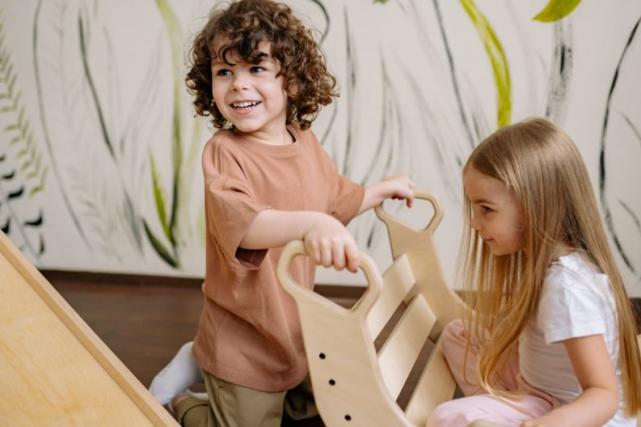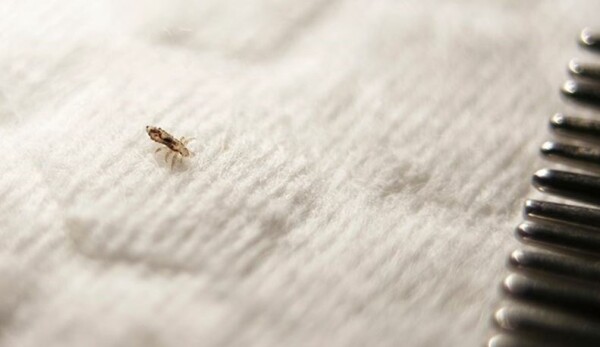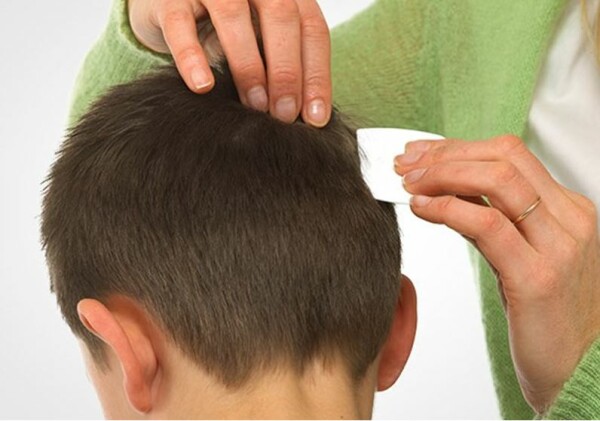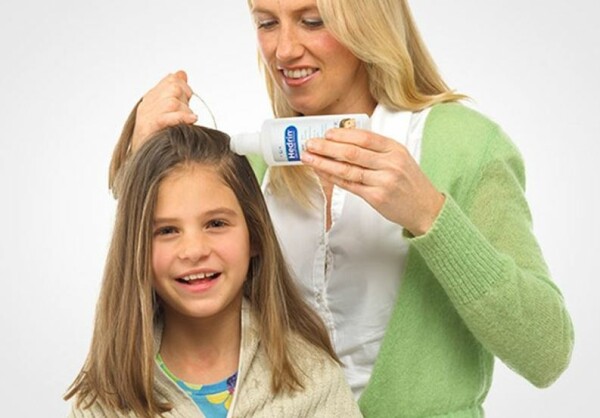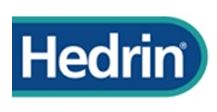Don’t you just dread that note home from school telling you of an outbreak in your child’s class? It’s nearly a guarantee every year. So it’s best to be armed – you want to know how to keep watch for it, how to handle it when it happens, and also, if there is a way to help prevent it.
Let’s start at the beginning – what are head lice?
Head lice are tiny parasitic insects that generally live on the scalp, enjoying your body heat. Hiding in your hair, they feed on blood and can cause the scalp to feel itchy.
A louse can live for up to 30 days and is capable of laying eight eggs each day. Eggs, also known as nits, are attached to the hair and can be brown, tan or yellow in colour. Once the louse has hatched, the eggs become white or even transparent.
What do head lice look like? What do they feed on? Can they jump? How often do they reproduce?
- Head lice are reddish-brown wingless insects.
- They do not live on pets.
- They feed on human blood three-to-four times daily.
- Head lice can't live off the human host for more than 24 hours.
- Females can lay up to 100 eggs and require just one mating to be fertilised.
- They are able to reproduce in 10 days; live eggs hatch in seven-to-10 days.
- Head lice are mainly transmitted by head-to-head contact but can also be spread through the sharing of personal articles.
- Despite the myth, they can't hop, jump or fly.
- Nits (lice eggs) are the empty egg cases left on the hair after the lice have hatched and are pale in colour
- A louse cannot remain viable away from the head for more than about 12-14 hours
How do I know we have them?
Rather than waiting for the note home from school, you should checking for head lice as part of your normal routine – bath time, brushing hair etc. Just once or twice a week will suffice. You can even do it in front of the TV so they have something to entertain them while you comb through their locks.
How should I check?
Use a comb made for the purpose, ideally white so the lice can be seen easily and with teeth no more than 0.3mm apart in order to trap head lice.
For long hair, comb through the hair using a conditioner, which can help make the process more comfortable. Divide the hair into small sections and comb through them methodically.
You are looking for a living, moving louse. They range in size from a full stop to a sesame seed depending on their age. When it first hatches, a young louse (known as a nymph) is transparent but after its first blood meal, it will darken to a greyish brown colour. Head lice live on, or very close to, the scalp and don’t wander far along the hair shaft unless encouraged to move to a new head.
What if I see evidence of head lice?
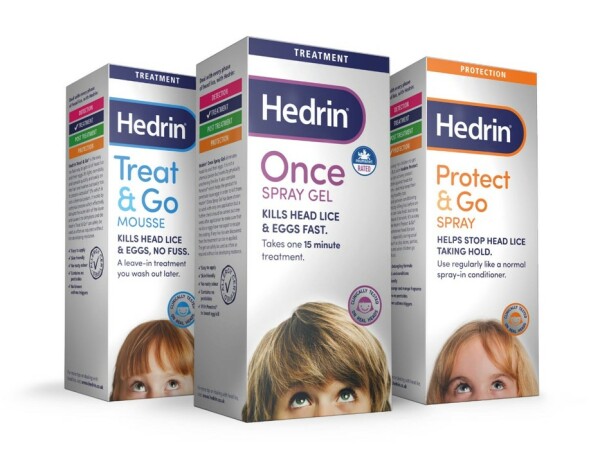
Once you’ve done that, you’ll need to use a treatment, like Hedrin Treat & Go. This is a fuss-free solution that’s great for children who just won’t sit still. Once it’s on and dry, it remains on the child's hair while they play, go to school or sleep. It’s a water-based treatment which rinses out of hair easily, without any greasy residue. It requires two applications (eight hours or overnight), seven days apart.
Another option Hedrin® Once - a fast acting solution that takes just 15 minutes to work. This is a thicker gel formulation which contains Penetrol® to aid the penetration of the louse egg. It is fast acting to shorten treatment time and is clinically proven to kill head lice and eggs with just one application
Choose the right treatment. It’s worth noting that treatment should only be applied if a living louse has been found, never just in case.
Now that I’ve treated the outbreak – can it be prevented?
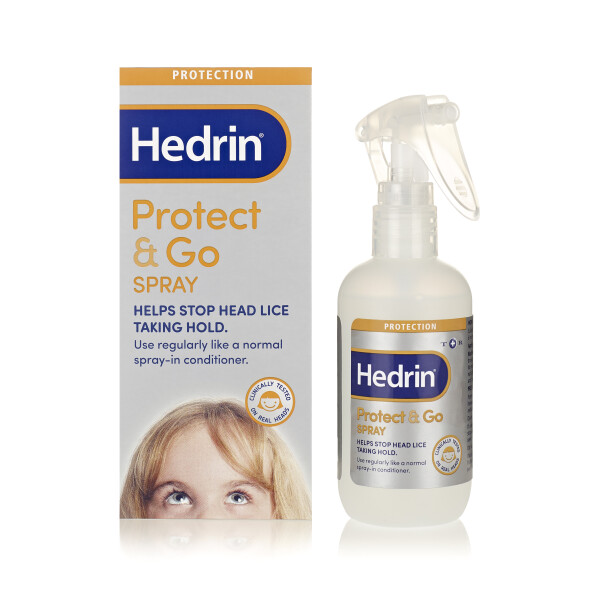
For more information and to find out more about the full range of Hedrin products available – go to hedrin.ie
Brought to you by

